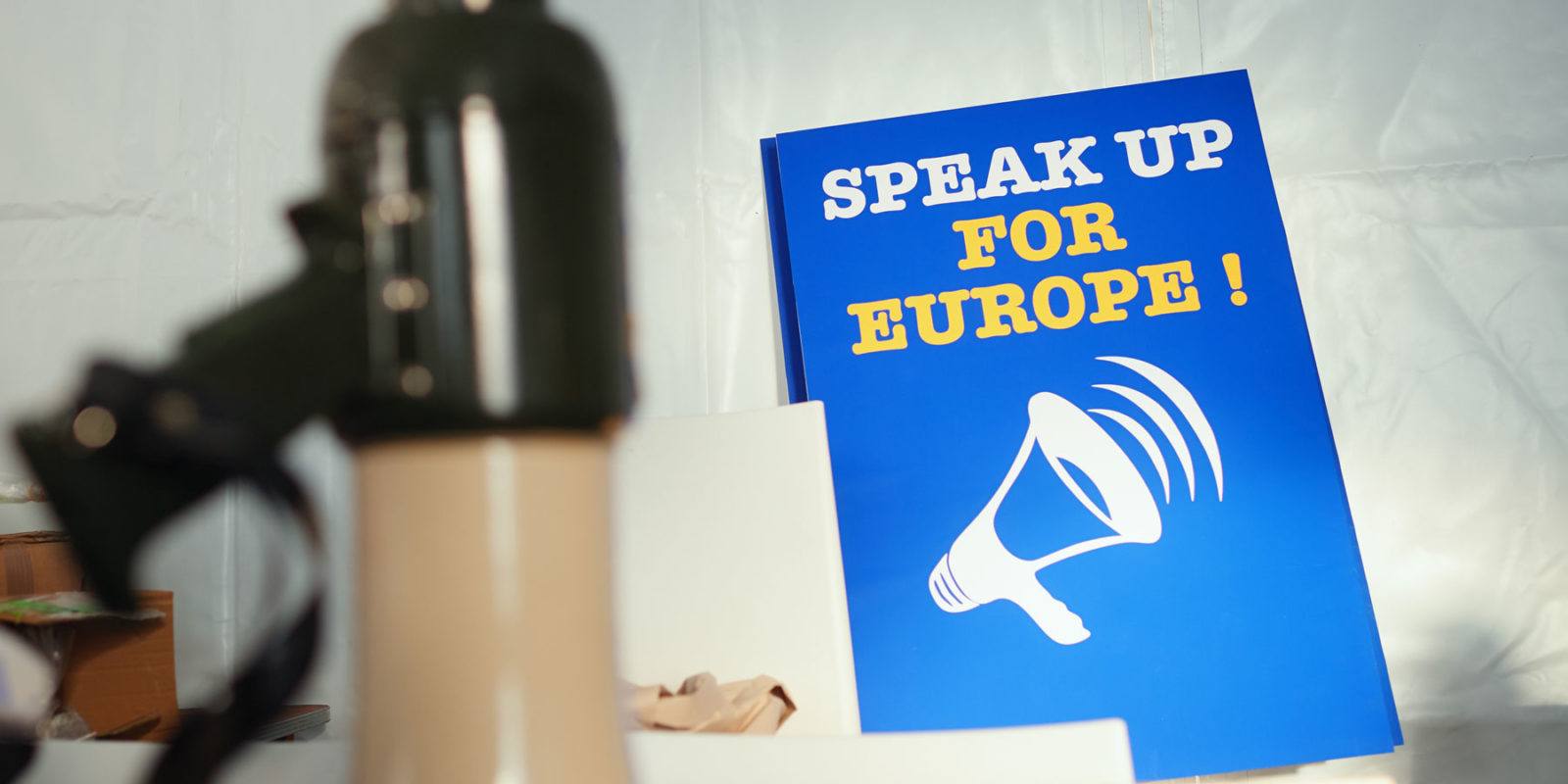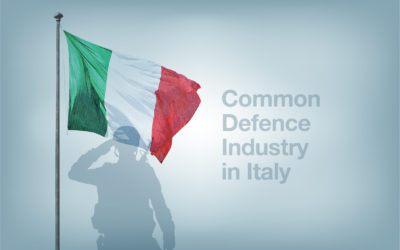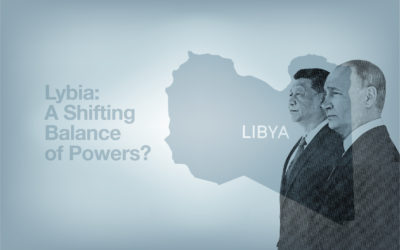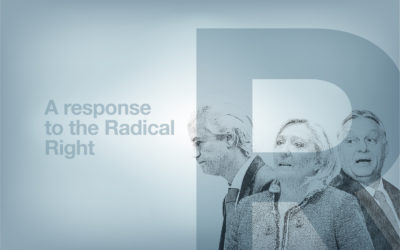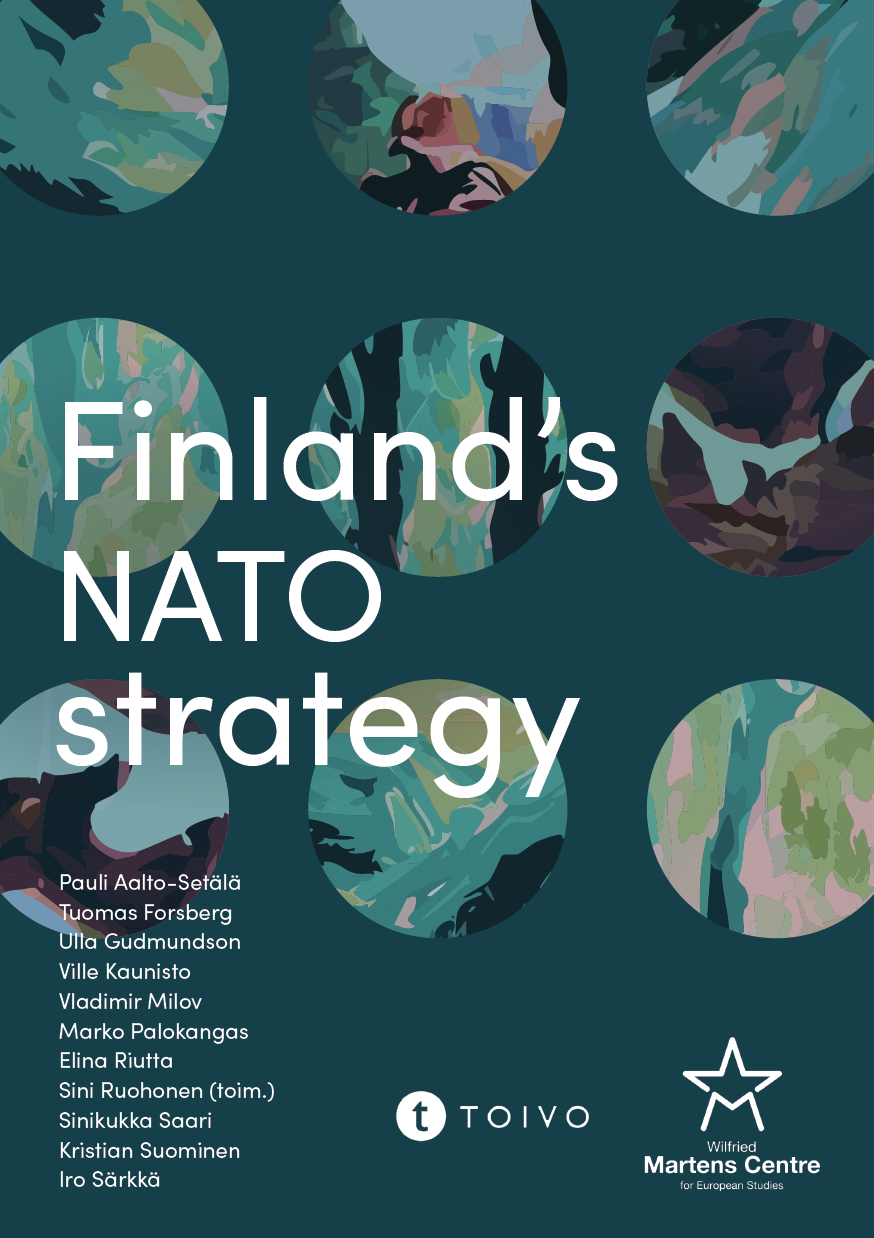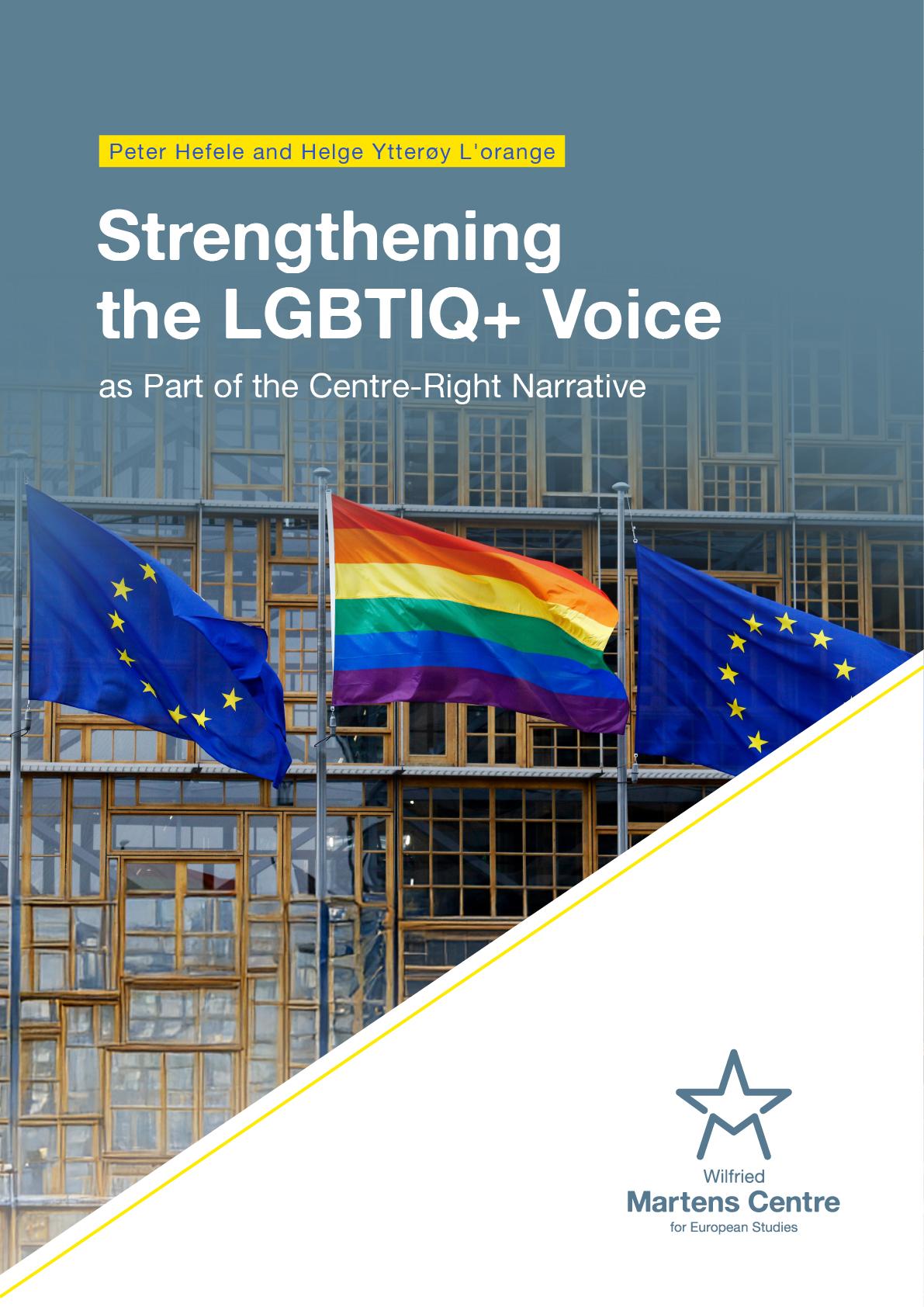Between Cross and Kremlin: Can Armenia’s Break with the Church and Russia Hold?
14 July 2025
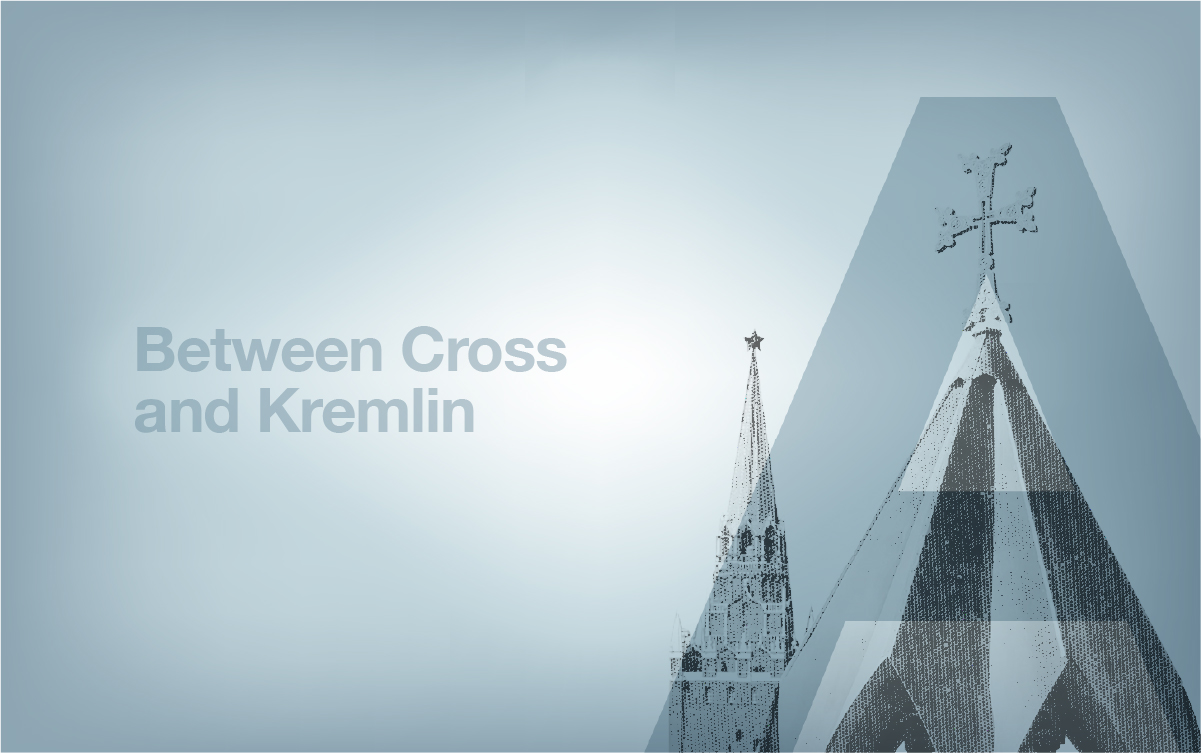
For decades, Armenian leaders navigated a delicate relationship with the Armenian Apostolic Church, mindful of its deep cultural significance, its influence on public opinion, and its symbolic role as guardian of national identity. Even when disagreements arose – particularly under Presidents Robert Kocharyan and Serzh Sargsyan – over the election of the Catholicos[1] and efforts to co-opt the Church, blurring the line between church and state and threatening its independence – they were resolved discreetly, avoiding direct public confrontation. Prime Minister Nikol Pashinyan’s recent open clash with the Church’s leader, Catholicos Karekin II, however, marks an unprecedented turning point in Armenia’s modern political history.
Historically, no Armenian leader has publicly questioned the moral authority or personal integrity of the Church’s leadership as bluntly as Pashinyan has. His demands for Karekin II’s resignation, accusations of political meddling, and harsh rhetoric against senior clergy signify a profound shift in government strategy. This assertive stance may not be purely reactive – it could also reflect a deliberate political strategy to weaken opposition ahead of Armenia’s pivotal 2026 elections.
By portraying church leaders and opposition figures as potential risks to national stability, Pashinyan appears to be positioning himself to strengthen his political authority and bolster support for his platform centred on anti-corruption, secular reforms, and modernisation.
Yet, recent public opinion polls underline the substantial political risks of this confrontational approach. By mid-2025, Pashinyan’s popularity has plummeted to historic lows, with only 13 – 16% of Armenians expressing trust or support. Nearly half the population views his leadership negatively. His ruling Civil Contract party fares even worse, supported by just 11 – 15% of voters, with its slight lead over fragmented opposition groups reflecting an absence of appealing alternatives rather than genuine popularity.
Is Armenia Finally Breaking Free from Russia’s Grip?
Pashinyan’s confrontation with the Church seems to align with his broader geopolitical strategy to reposition Armenia away from longstanding Russian influence towards Western and European partnerships. Despite its central role in shaping Armenian identity, the Armenian Apostolic Church has historically served as a cultural conduit for Russian influence. Challenging the Church’s authority therefore symbolically underscores Armenia’s determination to assert independence from Moscow.
Armenia’s geopolitical shift is no longer symbolic – it is being backed by tangible, strategic decisions. The country has notably suspended participation in the Russian-led Collective Security Treaty Organization (CSTO) and drastically reduced its reliance on Russian military equipment – from over 90% prior to 2020 to less than 10% by 2025, shifting to partnerships primarily with India and France. The decision to invite an EU civilian border monitoring mission instead of accepting a similar offer from Russia further demonstrates Armenia’s pivot westward.
This geopolitical realignment also includes diplomatic achievements. Armenia’s parliament has approved the initiation of EU accession negotiations, reflecting unprecedented domestic support for European integration. The country has ratified the International Criminal Court’s Rome Statute – strongly opposed by Russia – and deepened strategic ties with the United States by signing a Strategic Partnership Charter, expanding cooperation in defence, security, economic development, energy, and democratic reforms. These actions collectively represent a conscious and determined break from Russia’s historic dominance, signalling Yerevan’s ambition to integrate more fully with European political and security frameworks.
Could Pashinyan’s Clash with the Church Destabilise Armenia?
Yet, Pashinyan’s aggressive stance towards the Church and opposition carries significant domestic risks. Recent mass protests led by the “Holy Struggle” movement, prominently supported by Church figures, highlight growing societal divisions.
Demonstrations against perceived concessions – including the handover of four border villages, the withdrawal of EU monitors, and proposed constitutional changes removing references to Nagorno-Karabakh – have intensified. Coupled with demands for Pashinyan’s resignation, these developments have led to sweeping crackdowns, arrests of senior clergy, and opposition politicians accused of plotting destabilisation. These measures, while justified by the government as safeguarding national security, risk further polarising Armenian society and undermining public trust.
Despite these domestic challenges – part of a broader pattern of political turbulence in the South Caucasus, with protests and government-opposition clashes also occurring in Georgia – Armenia’s diplomatic engagements offer potential avenues for regional stability and reduced geopolitical isolation. Landmark steps towards reconciliation with Turkey, symbolised by Pashinyan’s historic visit to Istanbul in June 2025, and the finalisation of a (albeit fragile) peace agreement with Azerbaijan represent significant diplomatic breakthroughs. However, these regional advances hinge on internal stability. The ongoing confrontation with the powerful Church risks eroding the societal cohesion needed to uphold the country’s ambitious foreign policy agenda.
Will the EU Stand By or Step In?
The European Union has so far refrained from taking sides in Armenia’s internal political confrontations – most notably the high-profile standoff between Prime Minister Pashinyan and the Armenian Apostolic Church. This restraint reflects a strategic choice to avoid accusations of interference and preserve the EU’s credibility as a neutral, reliable partner. Aware of Armenia’s sensitive geopolitical position – between Russia, the West, and assertive powers like Turkey – Brussels recognises that overt involvement could trigger backlash from Moscow or further destabilise the country. If Armenia continues to distance itself from Russia and deepen ties with the EU, Brussels is likely to expand its political and economic engagement. However, this would remain conditional on internal stability, democratic progress, and regional security.
At the same time, there is no EU consensus on how far to go in supporting Armenia’s security. While many member states back strengthening the EU Mission in Armenia (EUMA) and providing non-lethal aid through the European Peace Facility – seen as vital for stability and EU credibility – others have acted as spoilers. Hungary, in particular, has repeatedly blocked such initiatives, citing escalation risks. In reality, Budapest’s position reflects its close political and economic ties with Azerbaijan, including energy deals and alignment on foreign policy, often at odds with the EU’s broader approach in the South Caucasus.
Armenia is clearly at a pivotal crossroads. The confrontation with the Church reflects broader tensions in redefining its identity beyond Russia’s sphere of influence. How this transition is managed will shape Armenia’s democratic future, its path toward EU integration, and its role in a shifting regional order.
[1] also known as the Supreme Patriarch and Catholicos of All Armenians. This is the highest spiritual leader of the Armenian Apostolic Church and the Armenian nation worldwide.
ENJOYING THIS CONTENT

